Joaquim Cardoso MSc.
Founder and CEO
Education:
Engineering (BSc Post Graduation), Administration (MSc.), Technology (MSc thesis)
Experience:
Researcher, Professor, Editor and Consultant (Senior Advisor)
This is an excerpt of the report “The 15 tech trends transforming business in 2023”, published by Mckinsey.
New analysis from McKinsey Technology Council highlights the most signi cant tech trends unfolding today
The AI revolution
- Applied AI
- Industrializing machine learning
- Generative AI
Building the digital future
- Next-generation software development
- Trust architectures and digital identity
- Web3
Compute and connectivity frontiers
- Advanced connectivity
- Immersive-reality technologies
- Cloud and edge computing
- Quantum technologies
Cutting-edge engineeering
- Future of mobility
- Future of bioengineering
- Future of space technologies
A sustainable world
- Electrification and renewables
- Climate technologies beyond electrification and renewable
Which technology trends matter most for companies in 2023?
New analysis by the McKinsey Technology Council highlights the development, possible uses, and industry effects of advanced technologies.
McKinsey Technology Trends
Outlook 2023
After a tumultuous 2022 for technology investment and talent, the first half of 2023 has seen a resurgence of enthusiasm about technology’s potential to catalyze progress in business and society.
Generative AI deserves much of the credit for ushering in this revival, but it stands as just one of many advances on the horizon that could drive sustainable, inclusive growth and solve complex global challenges.
To help executives track the latest developments, the McKinsey Technology Council has once again identified and interpreted the most significant technology trends unfolding today.
While many trends are in the early stages of adoption and scale, executives can use this research to plan ahead by developing an understanding of potential use cases and pinpointing the critical skills needed as they hire or upskill talent to bring these opportunities to fruition.
Our analysis examines quantitative measures of interest, innovation, and investment to gauge the momentum of each trend. Recognizing the long-term nature and interdependence of these trends, we also delve into underlying technologies, uncertainties, and questions surrounding each trend.
This year, we added an important new dimension for analysis — talent. We provide data on talent supply-and-demand dynamics for the roles of most relevance to each trend. (For more, please see the sidebar, “Research methodology.”)
New and notable
All of last year’s 14 trends remain on our list, though some experienced accelerating momentum and investment, while others saw a downshift.
One new trend, generative AI, made a loud entrance and has already shown potential for transformative business impact.
This new entrant represents the next frontier of AI. Building upon existing technologies such as applied AI and industrializing machine learning, generative AI has high potential and applicability across most industries.
Interest in the topic (as gauged by news and internet searches) increased threefold from 2021 to 2022.
As we recently wrote, generative AI and other foundational models change the AI game by taking assistive technology to a new level, reducing application development time, and bringing powerful capabilities to nontechnical users.
Generative AI is poised to add as much as $4.4 trillion in economic value from a combination of specific use cases and more diffuse uses — such as assisting with email drafts — that increase productivity.
Still, while generative AI can unlock significant value, firms should not underestimate the economic significance and the growth potential that underlying AI technologies and industrializing machine learning can bring to various industries.
As we recently wrote, generative AI and other foundational models change the AI game by taking assistive technology to a new level, reducing application development time, and bringing powerful capabilities to nontechnical users.
Investment in most tech trends tightened year over year, but the potential for future growth remains high, as further indicated by the recent rebound in tech valuations.
Indeed, absolute investments remained strong in 2022, at more than $1 trillion combined, indicating great faith in the value potential of these trends.
Trust architectures and digital identity grew the most out of last year’s 14 trends, increasing by nearly 50 percent as security, privacy, and resilience become increasingly critical across industries.
Investment in other trends — such as applied AI, advanced connectivity, and cloud and edge computing — declined, but that is likely due, at least in part, to their maturity.
More mature technologies can be more sensitive to short-term budget dynamics than more nascent technologies with longer investment time horizons, such as climate and mobility technologies.
Also, as some technologies become more profitable, they can often scale further with lower marginal investment. Given that these technologies have applications in most industries, we have little doubt that mainstream adoption will continue to grow.
Organizations shouldn’t focus too heavily on the trends that are garnering the most attention. By focusing on only the most hyped trends, they may miss out on the significant value potential of other technologies and hinder the chance for purposeful capability building.
Instead, companies seeking longer-term growth should focus on a portfolio-oriented investment across the tech trends most important to their business. Technologies such as cloud and edge computing and the future of bioengineering have shown steady increases in innovation and continue to have expanded use cases across industries.
In fact, more than 400 edge use cases across various industries have been identified, and edge computing is projected to win double-digit growth globally over the next five years.
Additionally, nascent technologies, such as quantum, continue to evolve and show significant potential for value creation.
Our updated analysis for 2023 shows that the four industries likely to see the earliest economic impact from quantum computing — automotive, chemicals, financial services, and life sciences — stand to potentially gain up to $1.3 trillion in value by 2035.
By carefully assessing the evolving landscape and considering a balanced approach, businesses can capitalize on both established and emerging technologies to propel innovation and achieve sustainable growth.
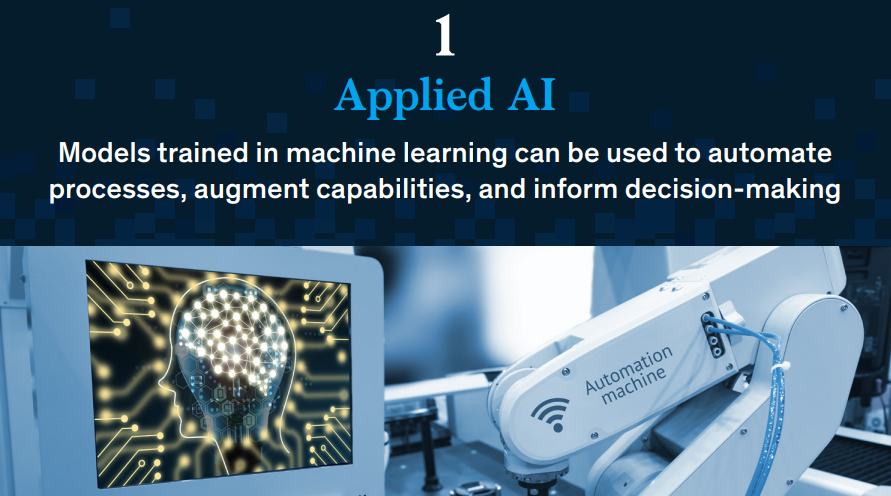


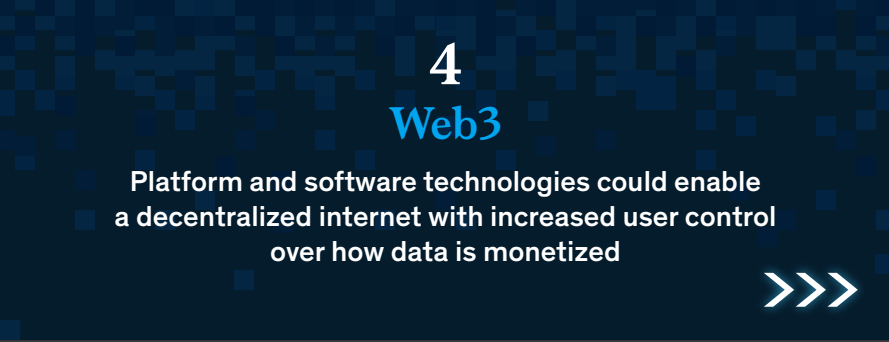
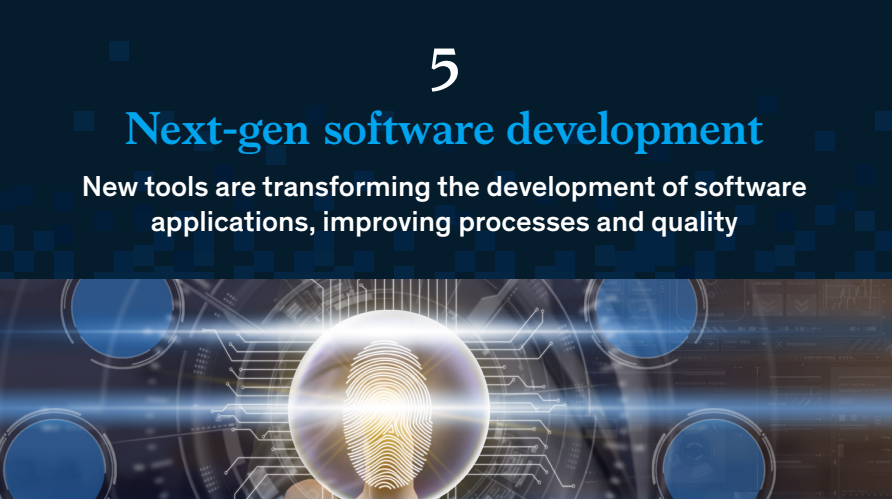
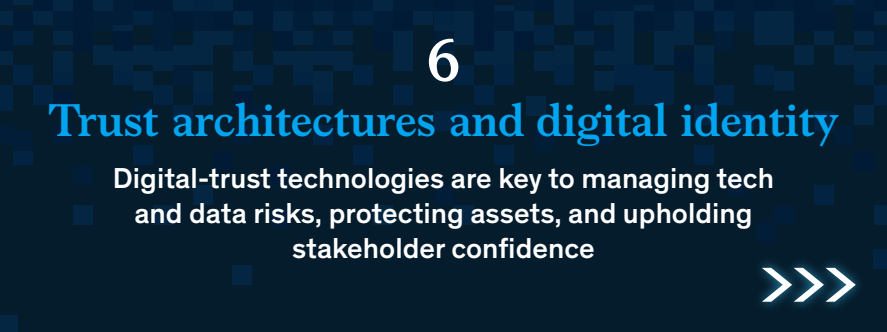

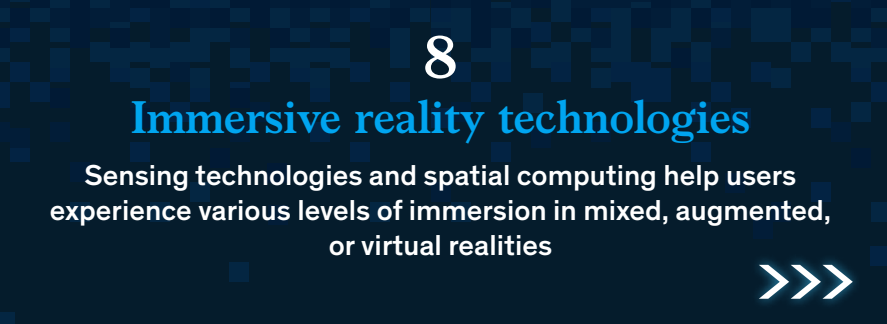

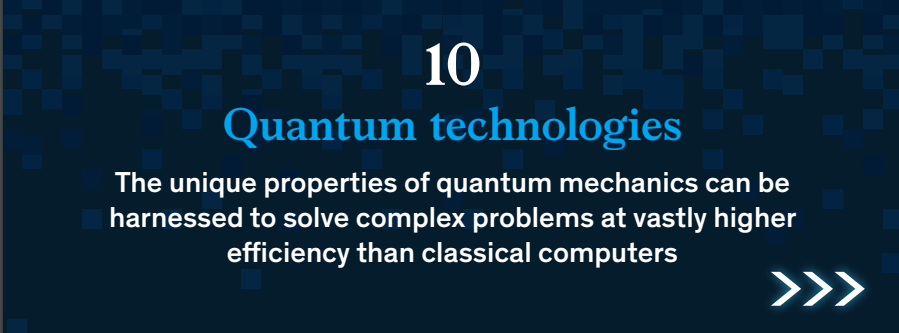
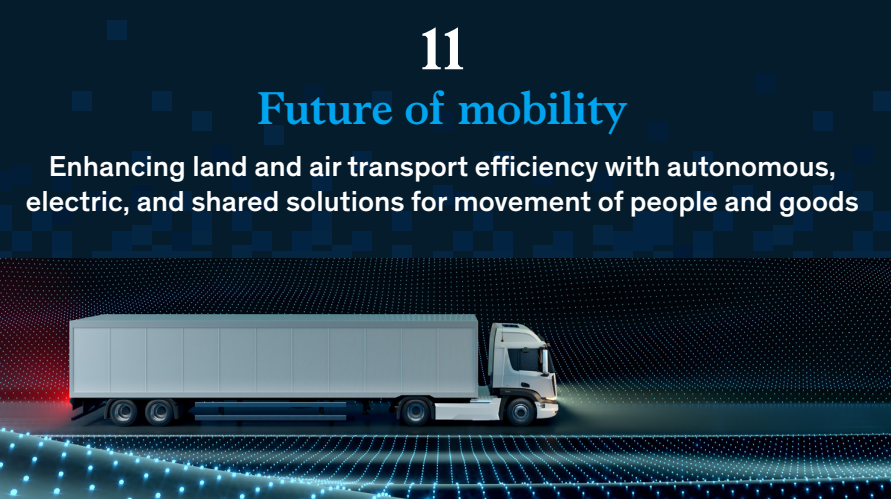
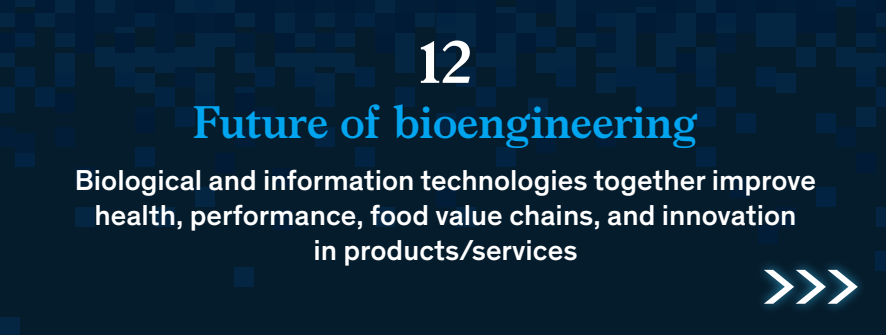
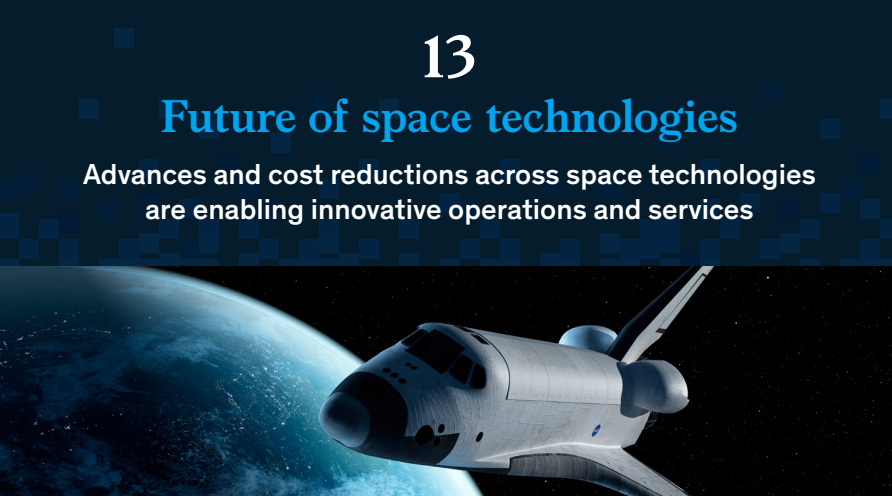

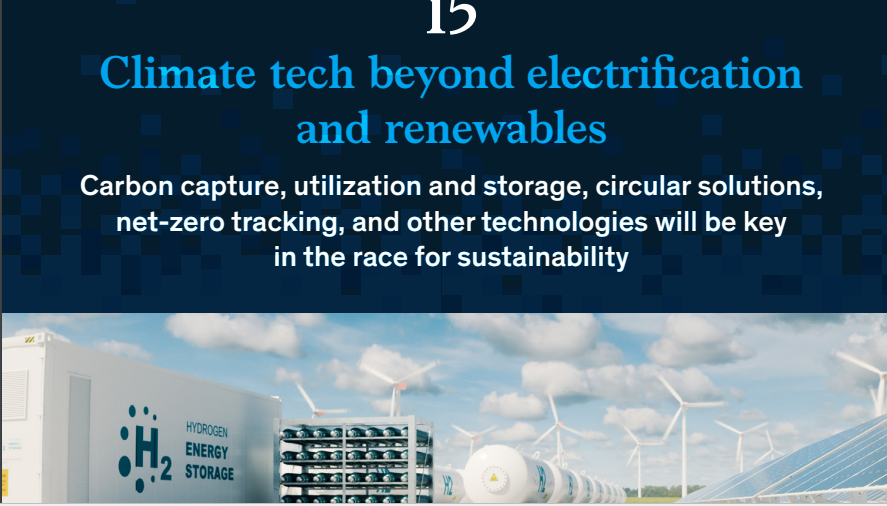
Related Publications












